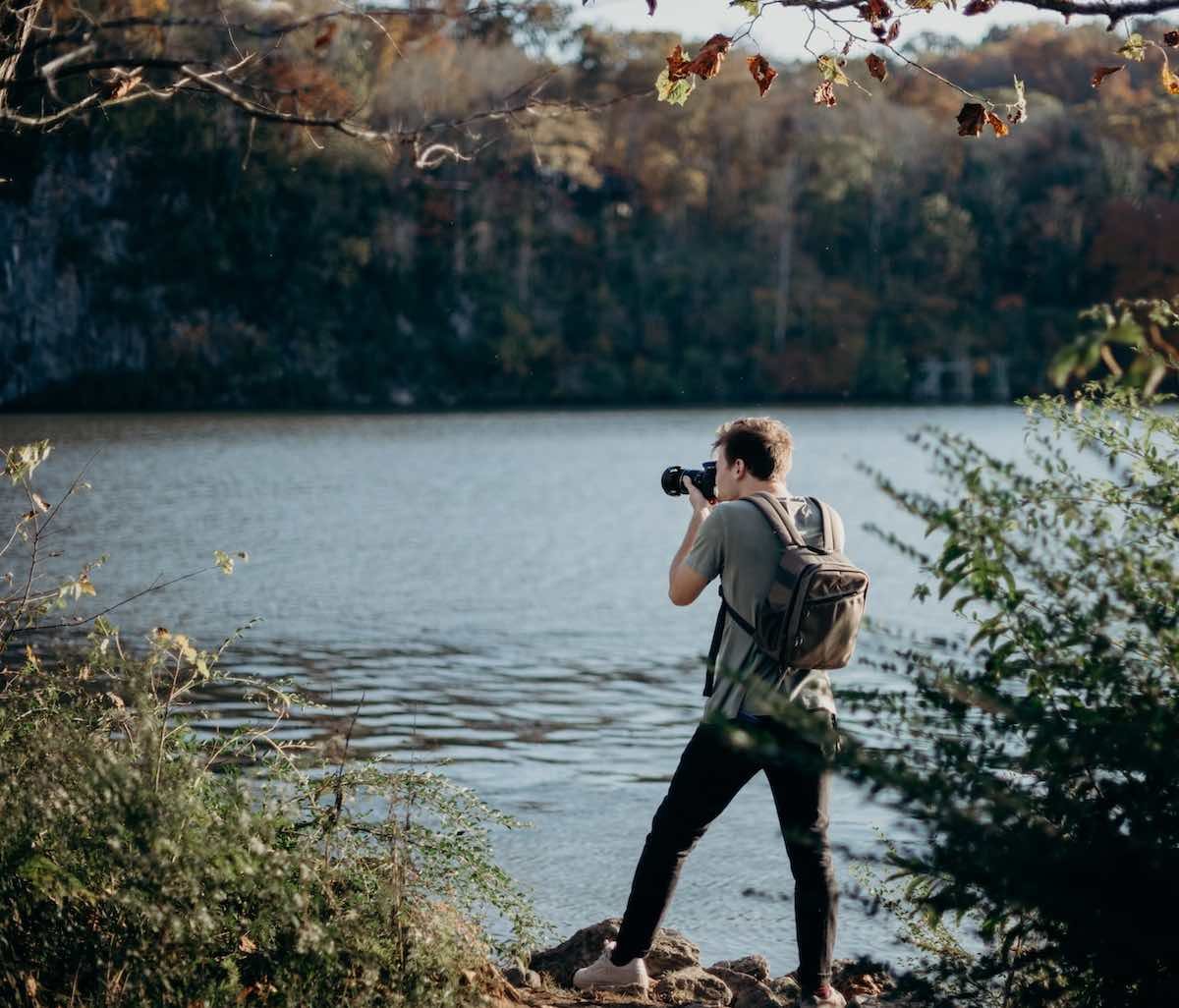Capturing the perfect sunset shot can be a magical moment for any photographer. Sunsets offer dramatic colors, incredible lighting, and a sense of calm that can turn an ordinary photo into something extraordinary. If you’re looking to improve your sunset photography, this guide will give you the tips you need for capturing the perfect sunset shot. Let’s explore the techniques and settings that can make all the difference.
1. Choose the Right Location
When capturing the perfect sunset shot, location is key. Find a spot with an unobstructed view of the horizon. Whether it’s the beach, a mountain top, or a city skyline, the right place will give you a clean, clear view of the setting sun. Avoid areas with too much clutter, as these can distract from the beauty of the sunset. Also, think about what you want to include in the photo. Do you want to focus on the sky or the landscape? Plan your location accordingly.

2. Consider the Time of Year
The time of year plays a significant role in the quality of the sunset shot. In different seasons, the sun sets at varying times and angles, which can change the overall look of your photo. For example, during the summer months, sunsets tend to be later, while in the winter, they happen earlier. Take advantage of the season by planning your shot at the best time for the desired effect. The colors of the sky and the atmosphere can look vastly different depending on when you shoot.
3. Set Your Camera for the Right Exposure
One of the most important things to consider when capturing the perfect sunset shot is your camera settings. Setting the correct exposure is critical. If the exposure is too high, you may end up with a blown-out image where the sun looks too bright. If it’s too low, the image might be too dark. To achieve the right exposure, consider using the “expose to the right” technique. This method brightens the image without overexposing the highlights, giving you more detail in the shadows and bright areas.
4. Use a Tripod for Stability
A tripod is essential when capturing the perfect sunset shot. As the light decreases during sunset, your camera will need to stay steady to avoid blurry images. A tripod helps you keep the camera stable and allows for long exposures if you want to capture the movement of clouds or water. This ensures that you get sharp, clear images of the sunset without any motion blur. Always bring your tripod for sunset photography to get the best results.
5. Play with Composition
When capturing the perfect sunset shot, composition is everything. Consider using the rule of thirds, where you place the horizon one-third of the way down or up from the top of the frame. This technique can create a more balanced and visually appealing shot. You can also experiment with silhouettes by placing objects like trees, people, or buildings in front of the sunset. This adds depth and interest to the photo, creating a striking contrast between the subject and the colorful sky.
6. Capture the Golden Hour
The golden hour, which occurs just before and after the sun sets, is the best time for sunset photography. During this time, the light is soft and warm, which creates beautiful tones in your photos. The warm, golden light can enhance the colors of the sky and landscape, making everything appear more vibrant. Plan to arrive at your location a little earlier to take advantage of this magical light before the sun dips below the horizon.
7. Use Filters to Enhance the Shot
Using filters can dramatically improve your sunset photos. A polarizing filter, for example, can help reduce glare and enhance the colors of the sky, making the clouds appear more defined and the sky more vibrant. ND (neutral density) filters are useful for slowing down your shutter speed, which can be especially helpful if you want to capture motion in the clouds or water. Experiment with different filters to see how they affect the mood and tone of your sunset shots.
8. Focus on the Details
While the sky is the main focus during sunset, don’t forget to capture the details around you. Look for interesting textures, shapes, and patterns in the landscape that can complement the colors of the sky. These details can add depth and dimension to your photos. For example, reflections in water or light hitting objects like rocks or trees can add a unique touch to the image. By focusing on these details, you can create a more dynamic and visually compelling sunset photo.
Digital Innovation and Modern Entertainment
As technology continues to shape our digital experiences, entertainment platforms are evolving to meet user expectations. Sites like real money casinos in australia combine innovation, engagement, and user-focused design to create dynamic online spaces. These platforms reflect the growing demand for secure and immersive digital recreation. In a tech-driven world, thoughtful entertainment choices can be part of a well-rounded lifestyle.
Conclusion
Capturing the perfect sunset shot requires a combination of the right timing, location, and technical know-how. By planning ahead and using the tips in this article, you can create stunning sunset photos that highlight the natural beauty of the sky and landscape. From composition to camera settings, each element plays a role in turning your sunset shots into masterpieces. So, the next time you’re out for a sunset, remember these tips and capture the moment in its full glory.





